Fengling Jiang
A Hybrid Persian Sentiment Analysis Framework: Integrating Dependency Grammar Based Rules and Deep Neural Networks
Sep 30, 2019
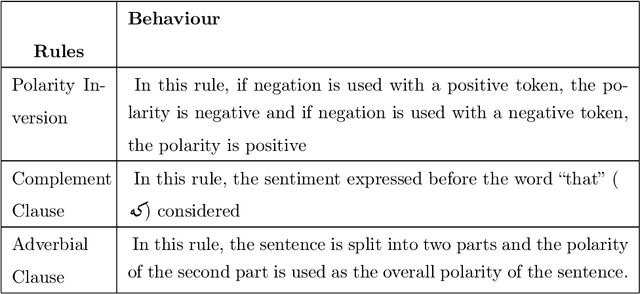
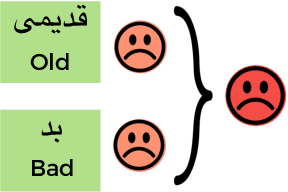

Abstract:Social media hold valuable, vast and unstructured information on public opinion that can be utilized to improve products and services. The automatic analysis of such data, however, requires a deep understanding of natural language. Current sentiment analysis approaches are mainly based on word co-occurrence frequencies, which are inadequate in most practical cases. In this work, we propose a novel hybrid framework for concept-level sentiment analysis in Persian language, that integrates linguistic rules and deep learning to optimize polarity detection. When a pattern is triggered, the framework allows sentiments to flow from words to concepts based on symbolic dependency relations. When no pattern is triggered, the framework switches to its subsymbolic counterpart and leverages deep neural networks (DNN) to perform the classification. The proposed framework outperforms state-of-the-art approaches (including support vector machine, and logistic regression) and DNN classifiers (long short-term memory, and Convolutional Neural Networks) with a margin of 10-15% and 3-4% respectively, using benchmark Persian product and hotel reviews corpora.
Saliency Detection via Bidirectional Absorbing Markov Chain
Aug 25, 2018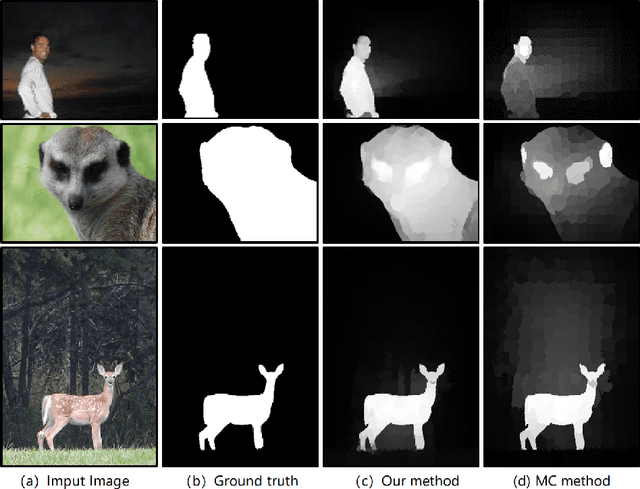
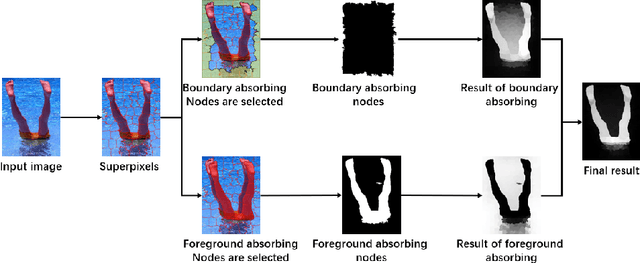
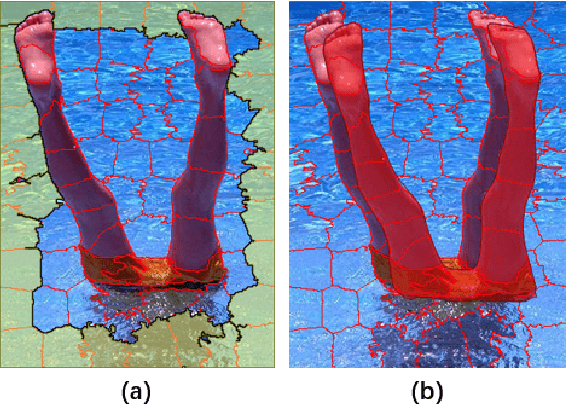

Abstract:Traditional saliency detection via Markov chain only considers boundaries nodes. However, in addition to boundaries cues, background prior and foreground prior cues play a complementary role to enhance saliency detection. In this paper, we propose an absorbing Markov chain based saliency detection method considering both boundary information and foreground prior cues. The proposed approach combines both boundaries and foreground prior cues through bidirectional Markov chain. Specifically, the image is first segmented into superpixels and four boundaries nodes (duplicated as virtual nodes) are selected. Subsequently, the absorption time upon transition node's random walk to the absorbing state is calculated to obtain foreground possibility. Simultaneously, foreground prior as the virtual absorbing nodes is used to calculate the absorption time and obtain the background possibility. Finally, two obtained results are fused to obtain the combined saliency map using cost function for further optimization at multi-scale. Experimental results demonstrate the outperformance of our proposed model on 4 benchmark datasets as compared to 17 state-of-the-art methods.
 Add to Chrome
Add to Chrome Add to Firefox
Add to Firefox Add to Edge
Add to Edge